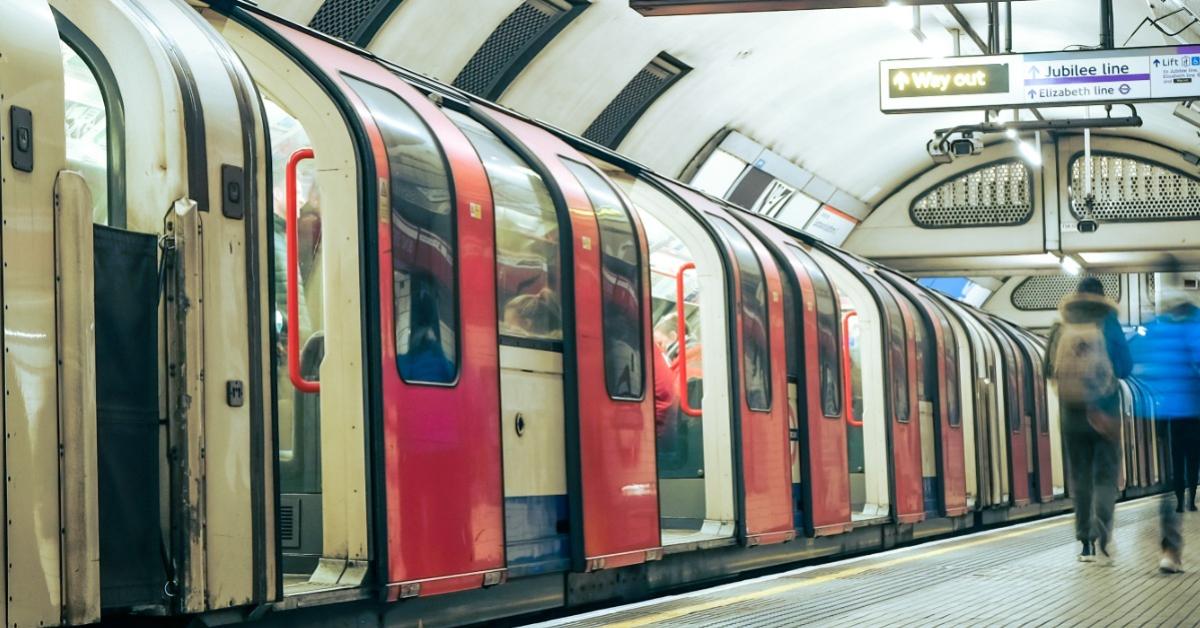
A friend of mine works for the public sector, in transit specifically. When I asked him to tell me what value he saw in “public transit” for society, he replied,
You must be from the stone ages! Public transit fulfills an important function. It provides transportation for folks who can’t afford the private solutions, and also solves the problem of congestion and pollution in crowded cities. And it can do some of this better than private enterprise, especially in regard to poor people far away from jobs.
But how does the private sector work, exactly? Many people think of profit as a dirty word, something exploitive. They attach moral judgements to profit-seeking enterprises. Yet, the concept of profit, especially when combined with its corollary (loss), has a social value.
As Ludwig von Mises put it: “In the capitalist system of society’s economic organization, the entrepreneurs determine the course of production. In the performance of this function, they are unconditionally and totally subject to the sovereignty of the buying public, the consumers.”
What’s more, the free market is the purest form of democracy:
The consumers by their buying and abstention from buying elect the entrepreneurs in a daily repeated plebiscite as it were. They determine who should own and who not, and how much each owner should own. . . . The choice is not unalterable and can daily be corrected. . . . Each ballot of the consumers adds only a little to the elected man’s sphere of action. To reach the upper levels of entrepreneurship he needs a great number of votes, repeated again and again over a long period of time, a protracted series of successful strokes. He must stand every day a new trial, must submit anew to reelection as it were.
In the modern economy, monetary calculation allows participants to know whether they are producing value and what the value of their “capital” might be because it allows them to calculate profits and losses. Thus, in the private sector, decisions affecting the limited (scarce) resources of the economy, like those used for public transit, are made by applying this profit and loss test to business plans. This ensures that consumers are in fact getting the things that they most urgently need, which is what Mises calls the primary economic problem.
It also ensures that capital is in the best hands—those who know how to provide these most urgently needed goods at the most profit. Thus, successful entrepreneurs increasingly become the stewards of that capital so that it is allocated to its highest-valued ends.
Importantly, capital must be valued by the consumer: “Profit and loss are generated by success or failure in adjusting the course of production activities to the most urgent demand of the consumers.”
Public departments, bypassing the profit and loss test, may not effectively meet consumer needs. This can lead to resource misallocation and wasted capital.
But what incentive structure, Mises asks, is in place in the public sector that aims at the primary economic problem? “No good should remain unproduced on account of the fact that the factors required for its production were used—wasted—for the production of another good for which the demand of the public is less intense.”
You see, the problem isn’t merely whether the government is providing stuff that people need but whether it is providing that stuff without sacrificing something people need more.
Essentially, because the government ignores profit and loss, “they are, within the limits drawn by the amount of capital at their disposal, in a position to defy the wishes of the public.”
A price system in the private sector allows calculation of a service’s value compared to other societal goods. But by bypassing this system, public services eliminate a critical tool that helps to prioritize scarce resources and understand consumer needs in society.
Moreover, the private company is accountable to its consumers and shareholders.
Government-provided services, as monopolies, often lead to stagnation and lower productivity due to lack of competition. State-run monopolies also risk a distortion of benefits due to incentivizing rent-seeking behavior and other possible abuses due to the disconnect in accountability to consumers and investors. And a public sector monopoly, since it ignores profits and losses and cannot therefore calculate whether the resources it has coopted are being used toward their highest-valued ends, is always going to see a need for more expenditures, especially as it gives services away for free or at a discount.
As a result, the demand for public transit is subsidized and encouraged, but the provider has no way of knowing whether the resources it is diverting from other areas of potential production would not serve consumers better in that area than in this one.
Public services often appear to lack resources due to artificially high demand.
Further, it is essential to challenge the assumption that a scarcity of roads is a naturally occurring problem instead of a consequence of government interference. The way cities are organized, and thus the layout of their transit systems, can also be attributed to governmental intervention. Walter Block’s book The Privatization of Roads and Highways explores many ways the public sector makes roads and highways worse than they would be in private hands. The “tragedy of the commons” is a problem in all public “goods.”
The absence of a “functioning” price system does not allow people to ration the good or service amongst themselves. It is important to realize that every intervention shifts economic power from the consumers’ hands to the producers’ hands, whether that is the government entity or a protected oligarch. As Mises put it, “The result of [any intervention] is to loosen the grip the consumers hold over the course of production.” Thus, if you run a public sector enterprise you are overriding the value consumers place on the thing.
The notion that public transit is offering something that the market system cannot do or has failed to do is always dubious, as there are many empirical examples where market systems have offered better solutions in real time even in this industry.
In a free market, consumers have a wide array of choices, each tailored to their unique needs. Contrast this with a state-controlled system where standard options are the norm and the lack of choices can be frustrating and ineffective for consumers.
So, while public transit sounds like a good idea, it tramples over the consumers’ more urgent needs, reduces consumer choices, and introduces the pitfalls of monopolies—delivering less for more, cronyism, and waste. It is the entrepreneur’s function in a market system to “make decisions” (to “act”) regarding the employment of the scarce capital available toward its most profitable use. The development of prices and free exchange allows for a calculation of costs and profits for this express purpose. The more intense the consumer demand, the more profitable the production of the good will be.
Such incentives drive entrepreneurs to align production with those most urgent demands of consumers (their preferences). The emergence of profit signals a maladjustment in that alignment. It arises because change is a constant in life, which brings endless opportunities for entrepreneurs who observe the problems that need solving. And “high profits are the proof that they have well performed their task of removing maladjustments of production.”
Profits encourage more production of the thing until a point is reached where the opportunity costs of the capital eliminate the profit opportunity and begin to indicate other higher-valued ends for the additional units of that capital good. But none of these calculations are possible without market pricing of capital and consumer goods.
No one would be in a position to calculate the capital returns used to evaluate the use that yields most profit since that’s what consumers must be demanding most urgently.
Does public transit achieve its goal of providing transportation solutions for the needy?
Well, sure. But at what cost we cannot know. We can only know that it creates and subsidizes the demands on the existing infrastructure and capital availability.
We cannot know if the bureaucrats are providing the service economically, whether the best bureaucrat is in charge of the operation, or whether the capital is being used in the service of the primary economic problem.
But if these arguments are so clear, why do we have public goods and the public sector providing them? Chances are good that capital is being wasted on goods that the bureaucrats value higher than the consumer in the scheme of things.
Are the bureaucrats well intentioned like my friend or do they revel in being unaccountable and powerful, in a position to hand out favors to their crony suppliers? No doubt it’s also a money and tax grab for all the free users of the system. In economics it is often the unseen that is not understood. In the case of wasted capital, the unseen is what could have been if that capital were diverted to where consumers more urgently needed it to go.




